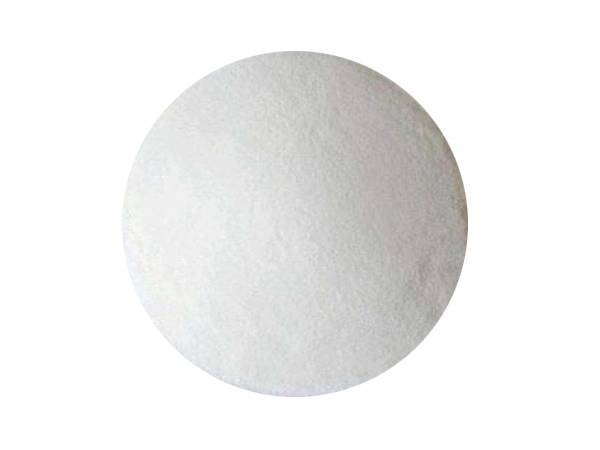



what chemical is used in water purification
The Role of Chemicals in Water Purification
Water purification is an essential process that ensures the availability of clean, safe drinking water for communities around the world. As populations grow and pollution increases, the need for effective water treatment methods is more critical than ever. Various chemicals play a pivotal role in the purification process, helping to remove contaminants and improve the quality of water. In this article, we will explore some of the key chemicals used in water purification and their functions.
Coagulants
One of the primary chemicals used in water purification is coagulants. Coagulation is the process where fine particles in water clump together to form larger aggregates, known as flocs. This is crucial because smaller particles, such as silt and clay, can remain suspended in water, making it cloudy and difficult to treat. Common coagulants include aluminum sulfate (alum) and ferric chloride.
Alum is widely used due to its affordability and effectiveness. When it is added to water, it reacts with impurities, neutralizing their charges and allowing them to stick together. As the flocs grow larger, they can be more easily removed during sedimentation, thereby clearing the water for further treatment steps.
Disinfectants
Once the initial sedimentation and filtration processes have been completed, the next critical step is disinfection. This is vital for eliminating harmful microorganisms that can cause diseases. Different disinfectants are commonly employed, with chlorine and chloramine being two of the most prevalent.
Chlorine is one of the oldest and most effective disinfectants used in water treatment. It works by breaking down the cell walls of bacteria and viruses, rendering them inactive. However, chlorination can lead to the formation of disinfection byproducts, such as trihalomethanes, which can be harmful. To mitigate these issues, chloramine—a compound formed from chlorine and ammonia—has been introduced as a more stable alternative that provides longer-lasting disinfection without producing as many harmful byproducts.
what chemical is used in water purification

In recent years, alternative disinfectants such as ozone and ultraviolet (UV) light have gained popularity due to their effectiveness in killing pathogens without chemical residues. Ozone is a powerful oxidizing agent, and its high reactivity ensures it can inactivate a wide range of microorganisms, while UV light effectively disrupts the DNA of pathogens, preventing replication.
Flocculants
While coagulants help in the initial aggregation of particles, flocculants are used to enhance this process. These are long-chain polymers that increase the size and density of flocs, making them more efficient to remove during sedimentation. Common flocculants include polyacrylamide and polyethylene oxide. The use of flocculants can significantly improve the efficiency of the water clarification process, reducing the need for extensive filtering and potentially saving on operational costs.
pH Adjusters
The pH level of water is crucial for the effectiveness of various purification chemicals. If the pH is too high or too low, coagulants and disinfectants may not perform optimally. To ensure the water remains within a suitable pH range, chemicals such as sulfuric acid or sodium hydroxide are often added. By adjusting pH, water treatment facilities can enhance the efficiency of coagulation and disinfection processes, leading to better overall water quality.
Conclusion
In conclusion, the role of chemicals in water purification cannot be overstated. Coagulants, disinfectants, flocculants, and pH adjusters all contribute to the multi-step process of making water safe for human consumption. As the challenges of water pollution and scarcity continue to grow, advancements in chemical treatments will play a crucial role in ensuring that communities have access to clean and safe drinking water. Understanding the chemical intricacies involved in water purification is essential for improving existing systems and developing new technologies to meet the global demand for potable water. As we move forward, ongoing research and innovation will be critical in ensuring that the methods we rely on remain effective and environmentally sustainable.
-
Why Sodium Persulfate Is Everywhere NowNewsJul.07,2025
-
Why Polyacrylamide Is in High DemandNewsJul.07,2025
-
Understanding Paint Chemicals and Their ApplicationsNewsJul.07,2025
-
Smart Use Of Mining ChemicalsNewsJul.07,2025
-
Practical Uses of Potassium MonopersulfateNewsJul.07,2025
-
Agrochemicals In Real FarmingNewsJul.07,2025
-
Sodium Chlorite Hot UsesNewsJul.01,2025










